iPhone 15 USB-C port — everything you need to know
USB-C is finally here and it all starts with the iPhone 15
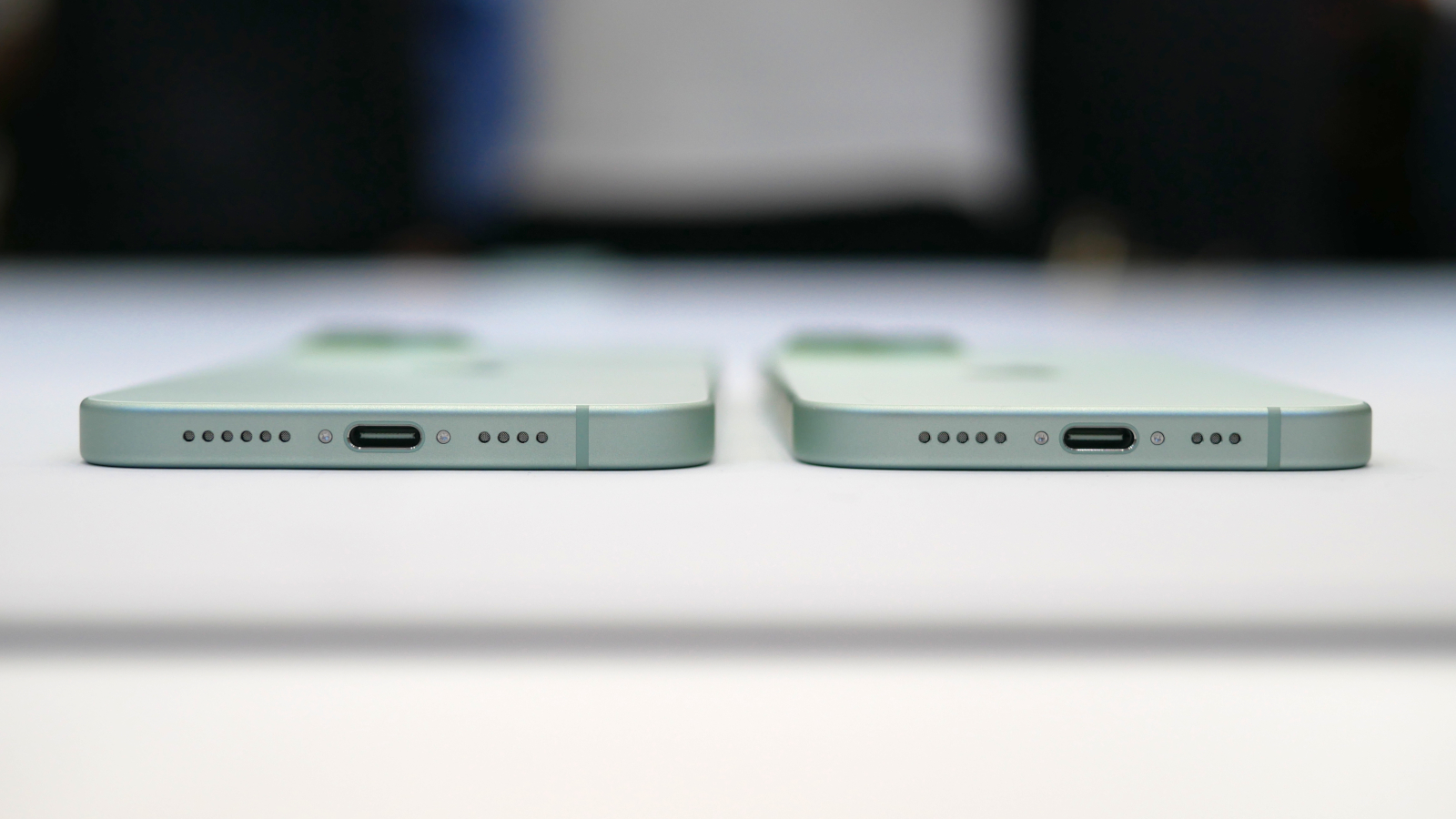
Apple has long been the outlier where charging cables are concerned. While other phone makers switched to micro USB, then USB-C, Apple stuck with its own proprietary Lightning cable. But not even Apple can avoid the winds of change — the company made it official that iPhones of the future will fall in line and feature a USB-C port. And it's be starting with the iPhone 15.
Of course, Apple doesn’t really have a choice. New EU rules are forcing Apple to fall in with every other phone maker, and adopt the USB-C port before the end of 2024. But Apple has ripped off the proverbial band-aid quickly and is made the switch away from Lightning official during the iPhone 15 launch event — more than a year before the deadline.
Here’s what we know about the iPhone 15 with USB-C, and what that means for Apple going forward.
Why Apple is moving to USB-C — and why it’s good for users
Apple has largely kept to using proprietary ports with its gadgets. The 30-pin connector of the iPod and Lightning port in past iPhones are perfect examples of how Apple chooses to leverage proprietary ports. You could argue that it’s all done to keep its products in a closed system, but Apple has slowly been adopting other standards.
The move to USB-C with the iPhone 15 series is just the latest switch for Apple, after years of sticking with its Lightning port. While the EU mandate didn’t go in Apple’s favor, it’s just one of the main reasons why Apple submitted to the request of using USB-C in its latest iPhones.
Late last year, the EU passed legislation enforcing a common charging port on a bunch of electronic devices — including phones, tablets and cameras. The idea here is to cut down on e-waste, ensuring people can continue to use their old chargers long after they switch to a new device.
The deadline for adopting USB-C differs depending on the device, with laptops being given until 2026 to comply. However Apple has until the end of 2024 to comply with the new smartphone rules.
Sign up to get the BEST of Tom's Guide direct to your inbox.
Get instant access to breaking news, the hottest reviews, great deals and helpful tips.
While longtime iPhone users may be annoyed by this, especially if they spent a lot of money over the years on Lightning accessories, this switch is actually good for many reasons.
For starters, USB-C has become the definitive connection for many of today’s gadgets. Secondly, laptops and Android phones have long adopted USB-C, but another inherent benefit is that people would only need to bring one charging cable along with them. At the same time, users could leverage the USB-C ports in the iPhone 15 series to charge the AirPods and Apple Watch.
What USB-C means for iPhone 15
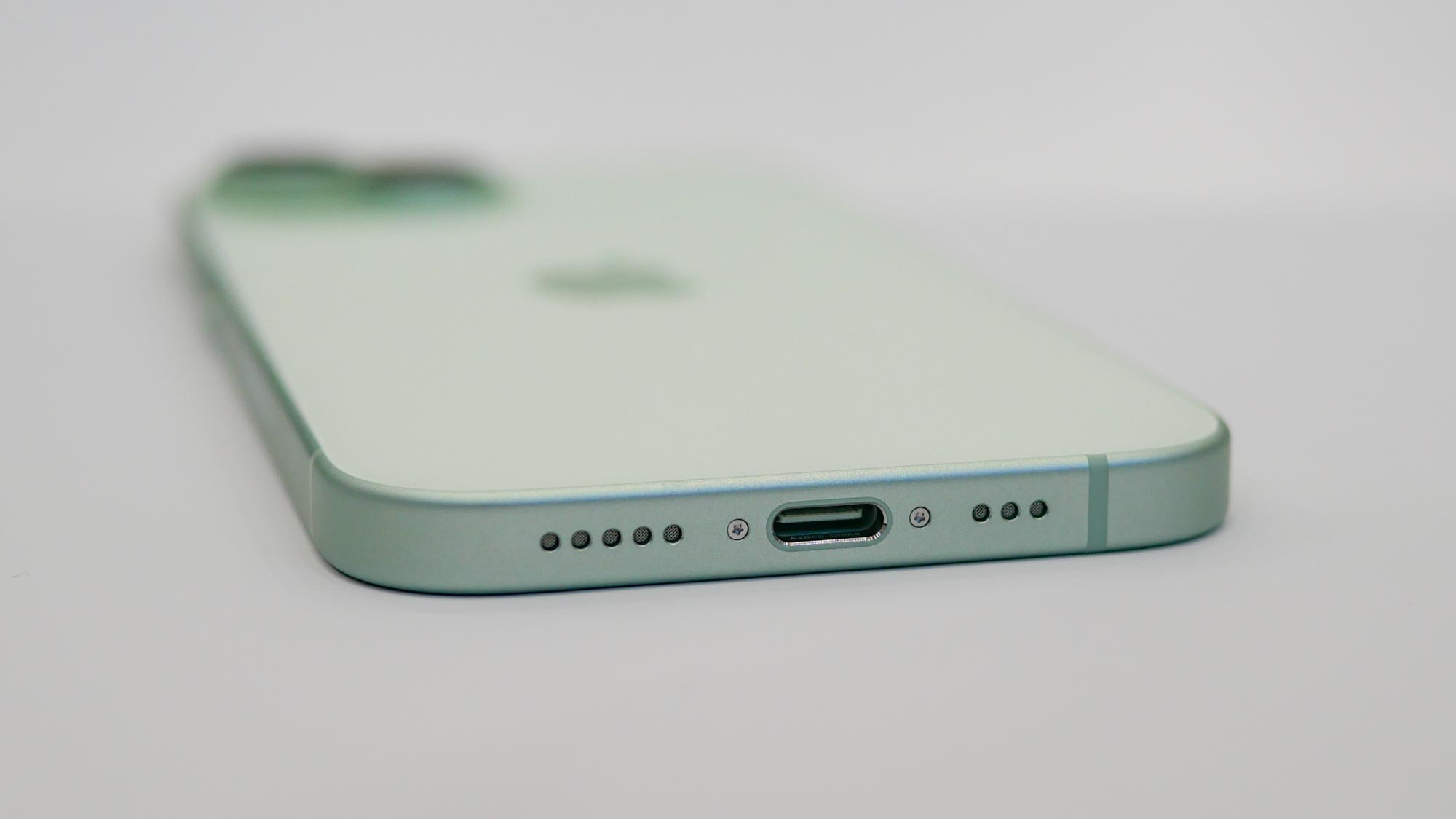
The USB-C ports in both the iPhone 15 and iPhone 15 Plus supports USB 2. While the port itself is a universal standard, USB 2 came into light way back in 2000 — topping out at a maximum transfer rate of 480 Mbits/s. It’s good, but nowhere remotely fast as the USB-C ports in Apple’s two most premium iPhones.
We've also learned post-launch that the USB-C port on all iPhone 15s is capable of outputting to a 4K display at 60Hz, quite a big upgrade compared to what the Lightning-ported iPhones of the past could manage.
What USB-C means for iPhone 15 Pro
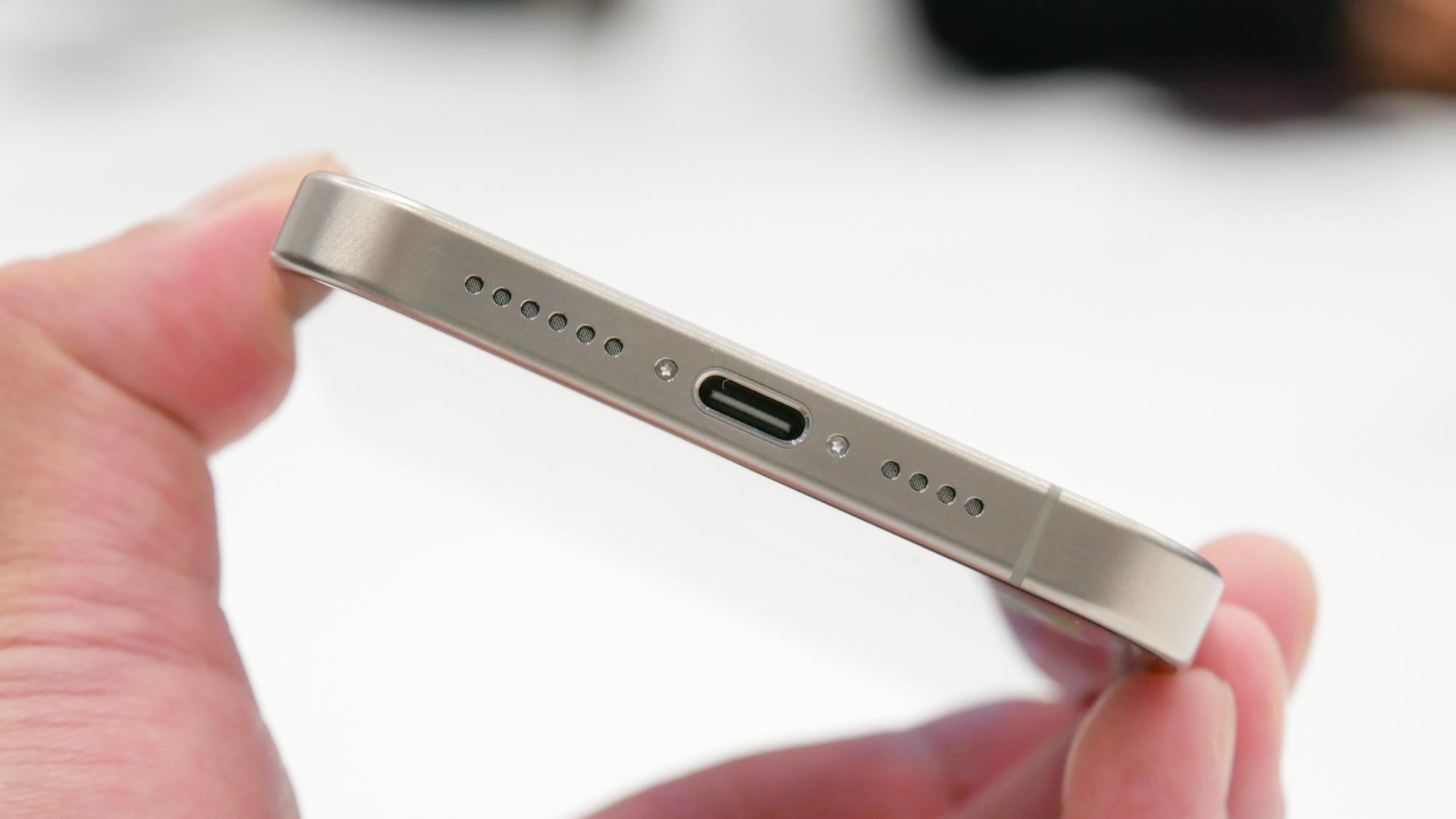
The most notable benefit for USB-C on the iPhone 15 Pro and iPhone 15 Pro Max is USB 3 support, which is twenty times faster than USB 2. Apple says that data transfer with USB-C on the iPhone 15 Pro and 15 Pro Max will offer transfer speeds up to 10 gigabits per second — making it much more ideal for professionals that need to transfer large files.
Media in particular, such as photos and videos, will inherently get a boost because the faster transfer speed of USB 3 allows the iPhone 15 Pro and 15 Pro Max to send 48-megapixel ProRAW images and 4K 60fps video from the devices to a Mac significantly faster than on the iPhone 15 and iPhone 15 Plus.
What are the USB-C charging speeds for the iPhone 15?
Transfer speeds are important, but equally so are USB-C charging speeds. Wired charging continues to be the fastest option to recharge the iPhone 15 series, and with USB-C in tow, it’s a strange affair between the two sets of iPhones.
What’s odd is that there’s no improvement whatsoever to wired charging on any iPhone 15 model — including the Pro models, which have the faster USB 3 transfer speeds. All four models, the iPhone 15, 15 Plus, 15 Pro, and 15 Pro Max have the same charging speeds as their predecessors. The iPhone 15 and 15 Pro take 30 minutes to get to a 50% charge using a 20W power adapter, while the larger iPhone 15 Plus and 15 Pro Max take 35 minutes to get to 50%.
These are claims made by Apple, but we'll put them to the test during our review process to find out if they're accurate.
What’s next for USB-C?
As you can see, both USB 2 and USB 3 standards have been around for a long time, which makes anyone wonder why Apple didn’t opt to go with something faster. Don’t get us wrong, USB 3 is incredibly fast at 10 gigabits per second, but it pales in comparison to what Thunderbolt 5 will offer down the road.
Intel announced this new standard recently and it’s the next iteration of the USB-C interface. If you think 10 gigabits per second is fast, it’s slow in comparison to Thunderbolt 5’s mind blowing 120 gigabits per second speed.
For example, the current Thunderbolt 4 standard supports two 4K monitors for video, but Thunderbolt 5 unlocks the potential for multiple 8K monitors. There’s a lot of data being transferred at 4K resolution when you think about it, but it only becomes more complex with 8K resolution — so Thunderbolt 5 is better suited for this.
While the current iPhone 15 series tops out at USB 3 support, there’s always hope for a future model, perhaps an iPhone Ultra of some kind, to be outfitted with a faster Thunderbolt 5 support.
iPhone 15 with USB-C: Made for iPhone
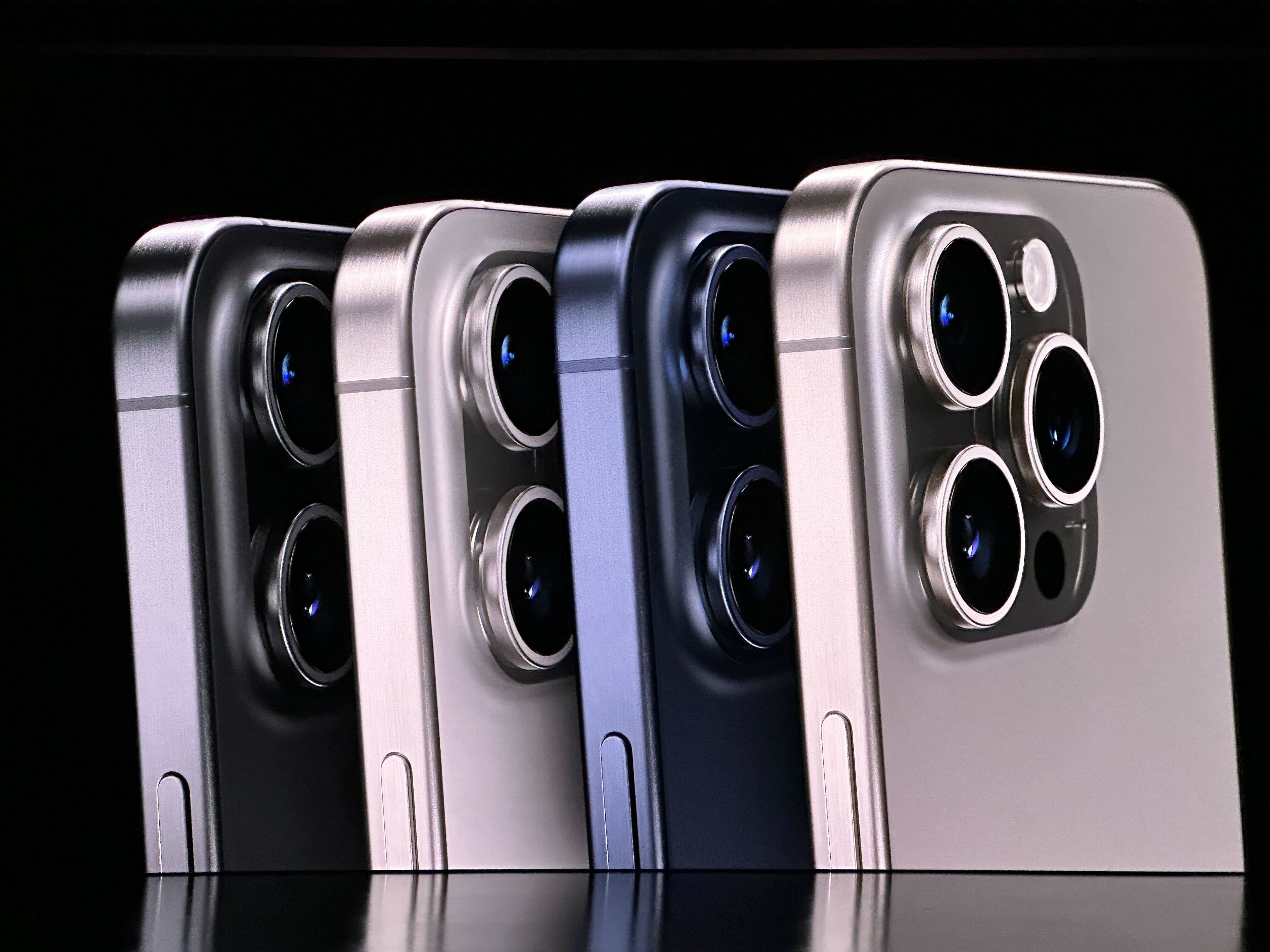
While the switch to USB-C on iPhones sounds like a good thing, there have been some concerns that Apple could ruin the whole transition. How? By implementing a version of the "Made for iPhone" certification program specifically designed for USB-C.
Made for iPhone is a program where Apple certifies cables and accessories in the name of quality and safety — while also earning itself royalties on each sale. If you try and use a non-certified accessory with an iPhone right now means you have to deal with limitations — notably lower charging speeds.
In recent years this only applied to Lightning, so USB-C products like iPads and MacBooks didn't have to contend with such restrictions. So it feels awfully suspicious that Apple would reintroduce this program right when the iPhone, which accounted for 52% of its revenue in 2022, is making the switch to USB-C.
It even got to the point where EU figures warned Apple against this tactic, claiming that it was illegal under the same rules that mandate the USB-C connection.
At the moment it's unclear whether the Made for iPhone program will made a transition to USB-C in the future.
Will we see other USB-C iPhones?
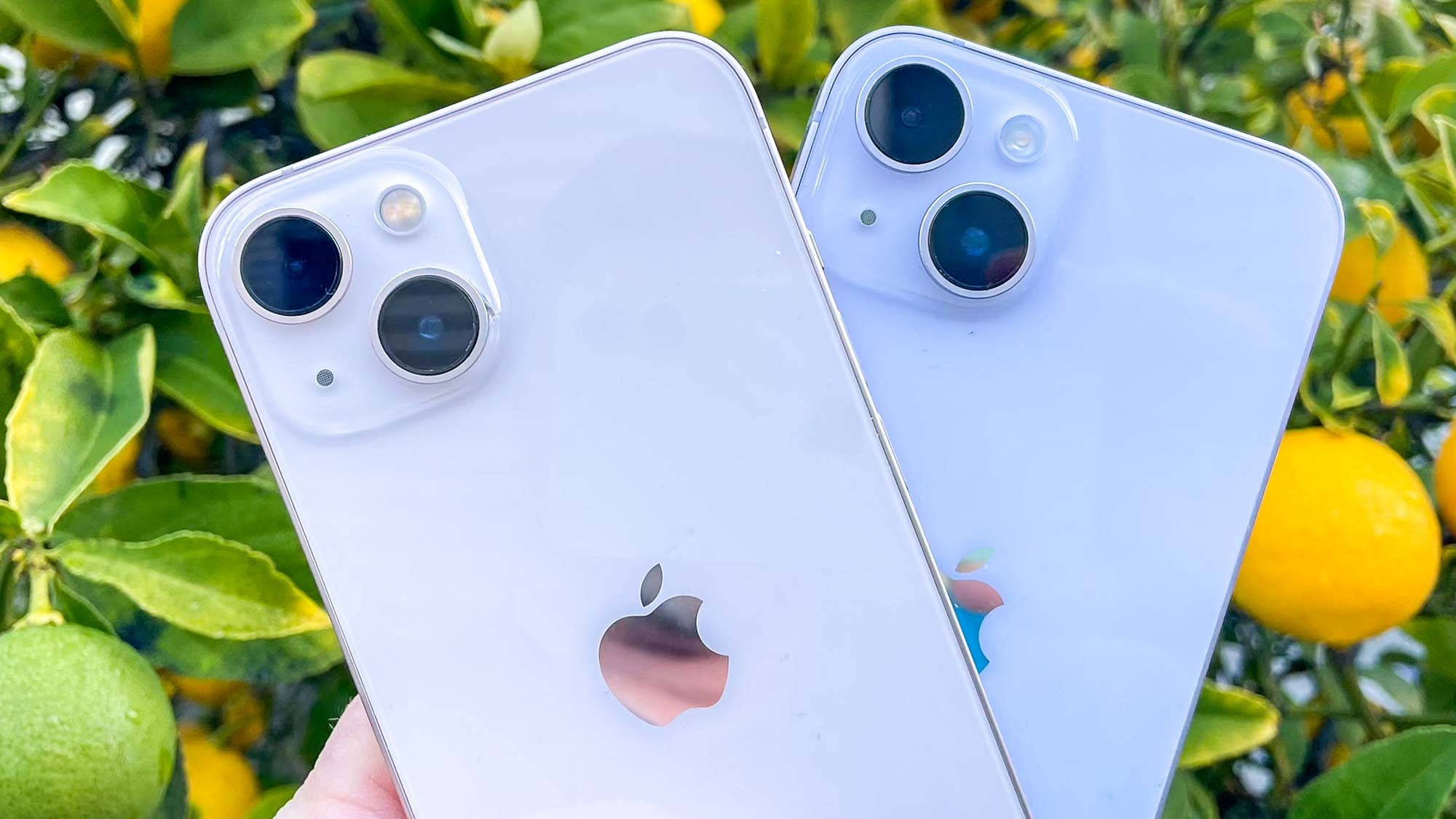
So far the iPhone 15 is the only iPhone to come with USB-C, though Apple did announce that it will start selling AirPods charging cases with the port as well.
There were rumors that we could see USB-C-capable iPhone 14s arrive alongside the iPhone 15, but such an announcement never happened. It's likely, then that the iPhone 14 will be sticking to Lightning until Apple officially discontinues it — something that won't likely happen for another two years.
Of course the company has confirmed it will abide by the EU mandate, and that means future iPhones will likely use USB-C as well. At least until Apple can develop a phone that doesn't need a physical port for charging and data transfer.
The pros and cons of switching iPhone to USB-C
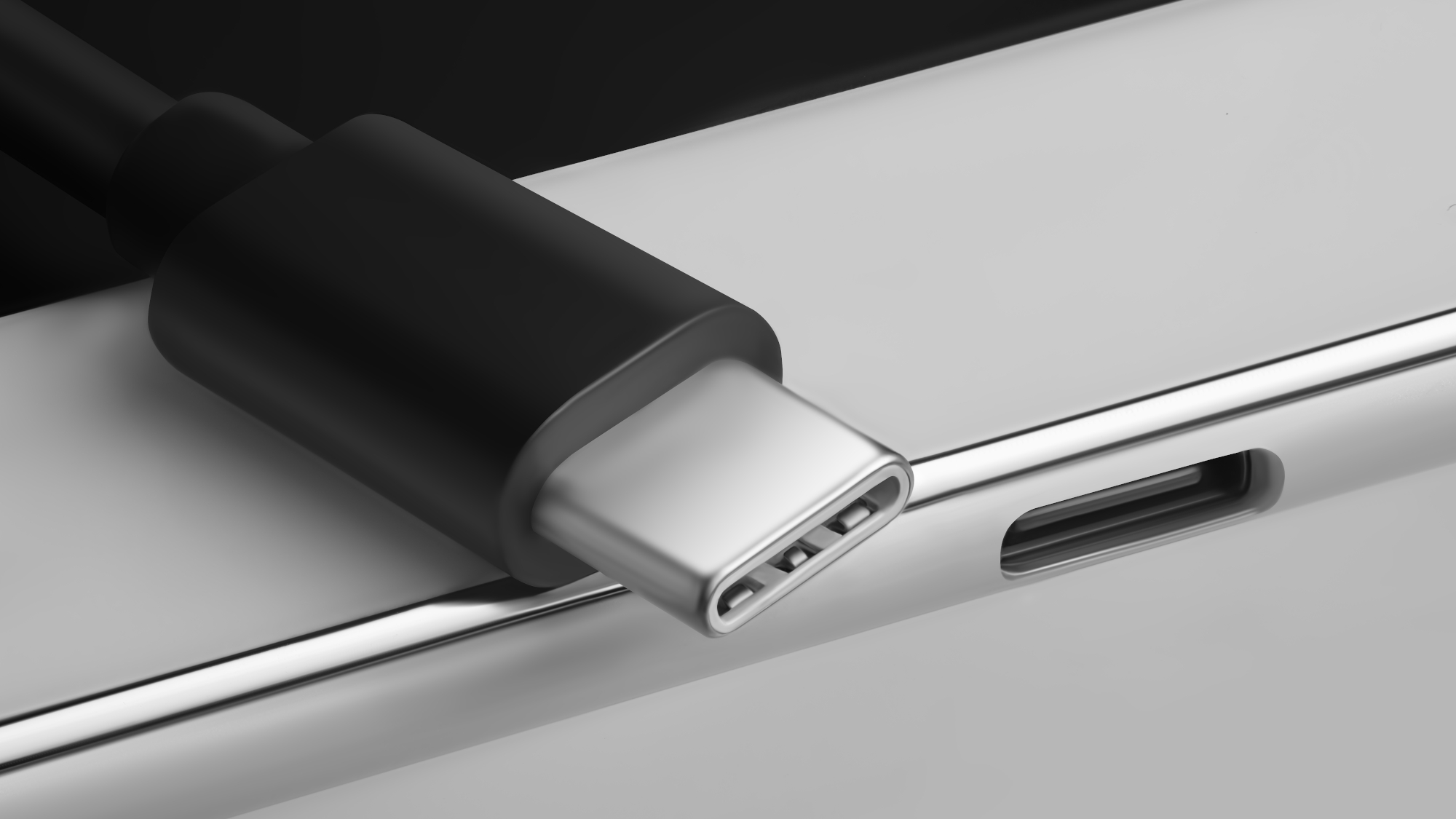
There’s more to the USB-C switch than having a standard connector. While that would be the primary benefit of Apple making the switch, USB-C is also capable of a lot more than Apple’s Lightning connector — particularly where charging and data transfer speed are concerned.
Lightning cables are limited to USB 2.0 speeds, which is 480 Mbps, while USB-C has an 80 Gbps maximum speed — roughly 166 times faster. Apple’s phones currently max out at 20W charging speeds, while USB Power Delivery offers up to 240W. Very few phones offer more than 50W charging, but Apple is still lagging behind phones like the Galaxy S23 Plus and Galaxy S23 Ultra, which can charge at 45W. Access to faster charging speeds can prove to be a big upgrade, and give Apple the chance to stay more competitive going forward.
It's worth noting that these speeds are not guaranteed. The iPad 10, the first entry-level iPad to offer USB-C, remains limited to USB 2.0 speeds and it seems as though the iPhone 15 and 15 Plus will suffer the same fate.
USB-C also unlocks the possibility of better support for accessories, including external storage, hubs and docs, external displays, keyboards and mice and so on. Sure all of these things are already available on iPads, and are arguably more useful on a bigger screen. But adding that enhanced connectivity to the iPhone through USB-C gives users more choice and flexibility on how they use their phones.
Of course, the major drawback is that current Lightning accessories and cables will be essentially useless. That means users will need to either rely on adapters to keep going, or replace any accessories that still require a physical connection. And that's not great for consumers or the environment.
Still, after a brief period of upheaval as people get used to the change, the benefits of the USB-C could easily outweigh the drawbacks.
What about the portless iPhone?
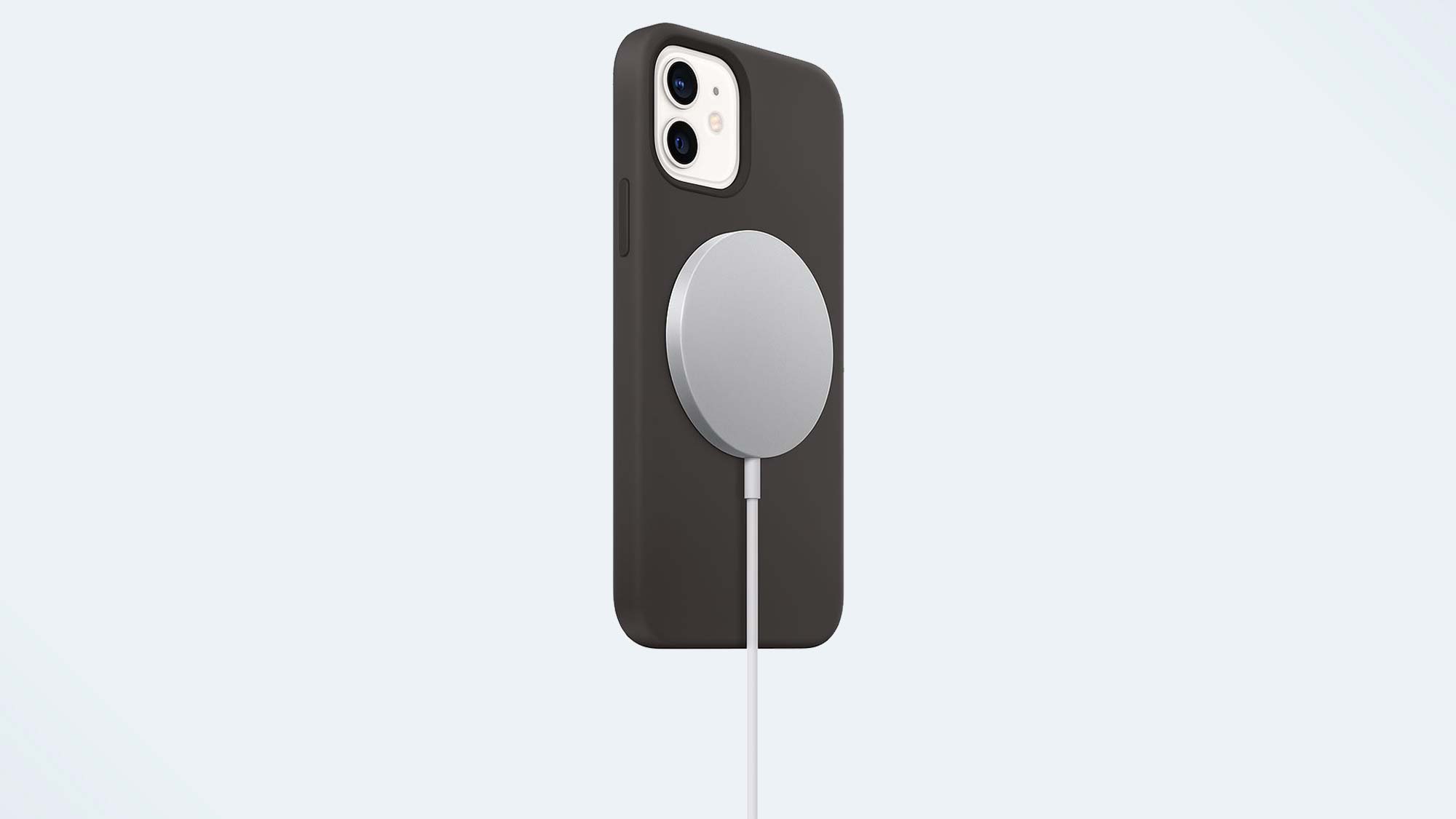
There have long been rumors that Apple has been developing a portless iPhone, which would be completely wireless and wouldn’t need a charging port — be it Lightning or USB-C.
The EU’s mandate specifically says that USB-C is only required when wired charging is involved. So Apple could skip over USB-C altogether, and offer a phone that relies on wireless charging and data transfer, without falling foul of EU regulations.
The interesting thing about this is that it means there likely wouldn’t be a repeat of the EU’s mandate in the future. The entire smartphone industry shifted to Qi wireless charging several years ago, Apple included, so wireless chargers are compatible across platforms.
Likewise, Apple’s MagSafe technology forms the basis of the new Qi2 wireless charging standard, which should bring the benefits of Apple’s wireless magnetic charger to other devices. That could, in turn, offer faster wireless charging speeds for iPhone users with non-MagSafe Qi2 chargers — though this isn’t confirmed.
There’s no word on when the portless iPhone might arrive, if it even exists. So the odds are the iPhone will be sticking with USB-C for the immediate future.
More from Tom's Guide

Tom is the Tom's Guide's UK Phones Editor, tackling the latest smartphone news and vocally expressing his opinions about upcoming features or changes. It's long way from his days as editor of Gizmodo UK, when pretty much everything was on the table. He’s usually found trying to squeeze another giant Lego set onto the shelf, draining very large cups of coffee, or complaining about how terrible his Smart TV is.
